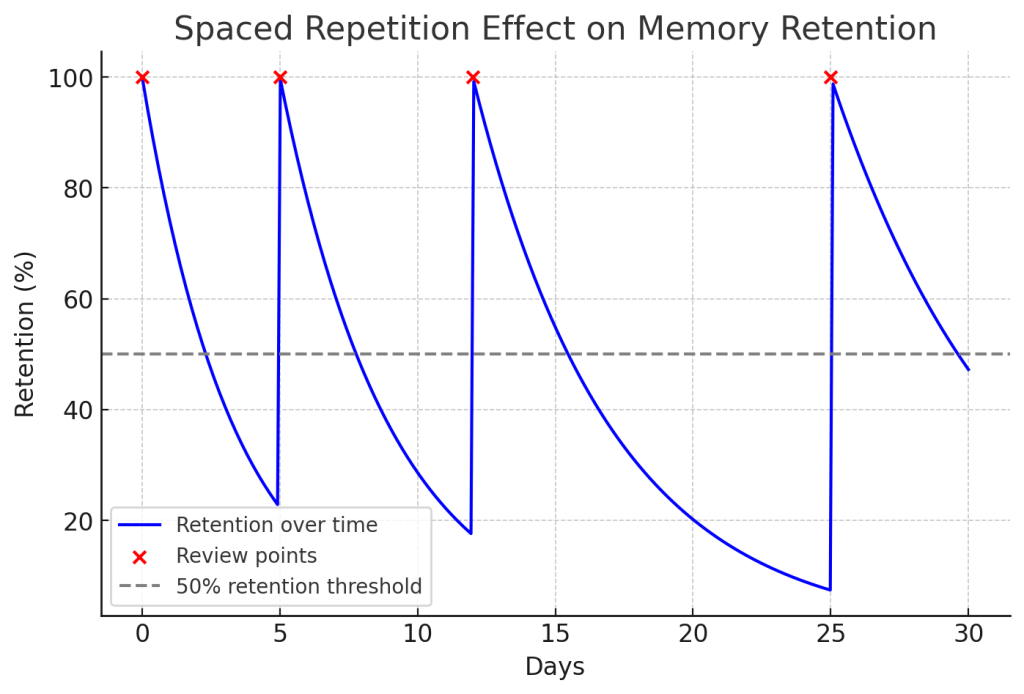Formative assessment is an ongoing process used by teachers to evaluate student understanding, provide feedback, and adjust instruction accordingly. It is not graded like summative assessments (e.g., final exams) but rather helps monitor progress and improve learning.
Key Features of Formative Assessment
- Continuous Process – Conducted regularly during learning.
- Feedback-Oriented – Provides timely feedback to students for improvement.
- Low-Stakes – Does not contribute to final grades.
- Student-Centered – Encourages active participation and self-reflection.
- Flexible and Adaptive – Adjusts teaching strategies based on student needs.
Examples of Formative Assessment Techniques
- Quizzes & Polls – Short, informal tests to check understanding.
- Class Discussions – Engaging students in dialogue to assess comprehension.
- Exit Tickets – Quick written responses before leaving class to summarize learning.
- Think-Pair-Share – Students discuss concepts with a partner before sharing with the class.
- Concept Maps & Graphic Organizers – Visual representation of knowledge connections.
- Observations – Monitoring student behavior and engagement in activities.
- Peer & Self-Assessment – Encouraging students to reflect on their learning.
Benefits of Formative Assessment
✅ Helps identify learning gaps early.
✅ Encourages active student engagement.
✅ Provides immediate feedback for improvement.
✅ Supports differentiated instruction.
✅ Builds student confidence and responsibility for learning.
Would you like more details on any specific technique? 😊







